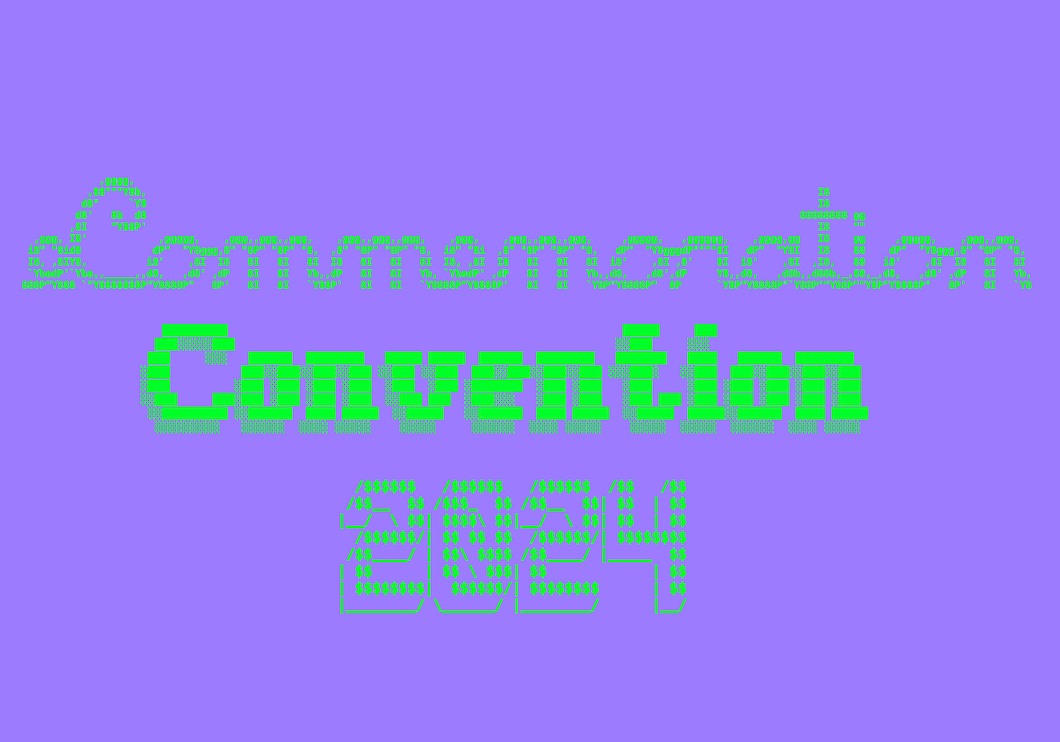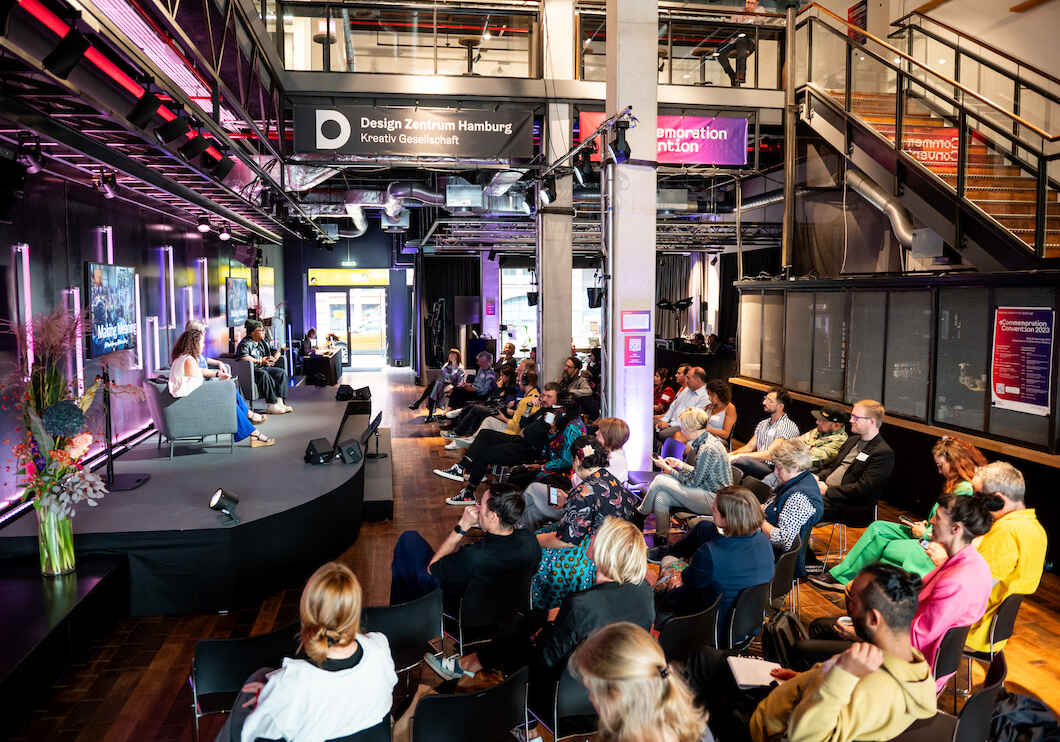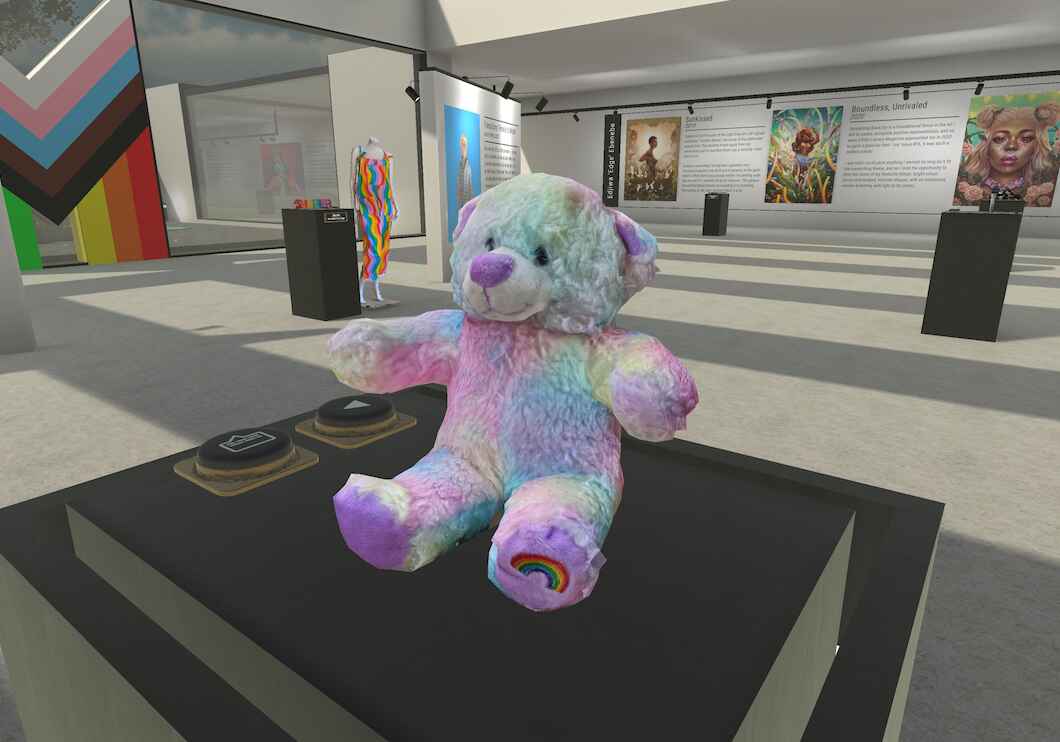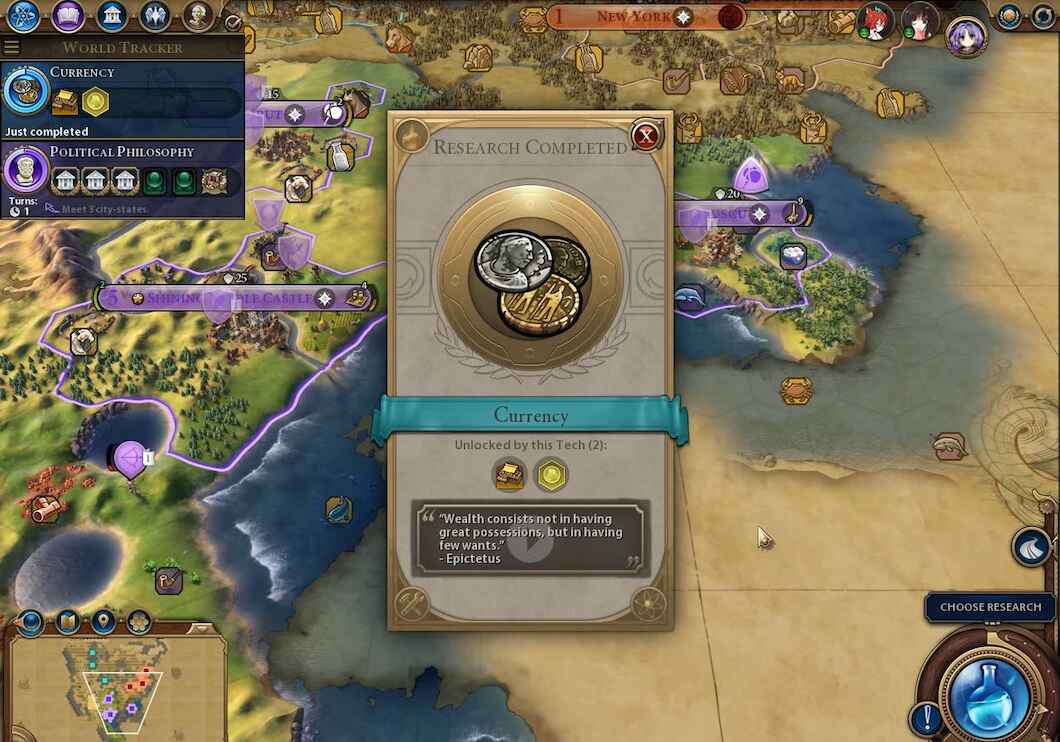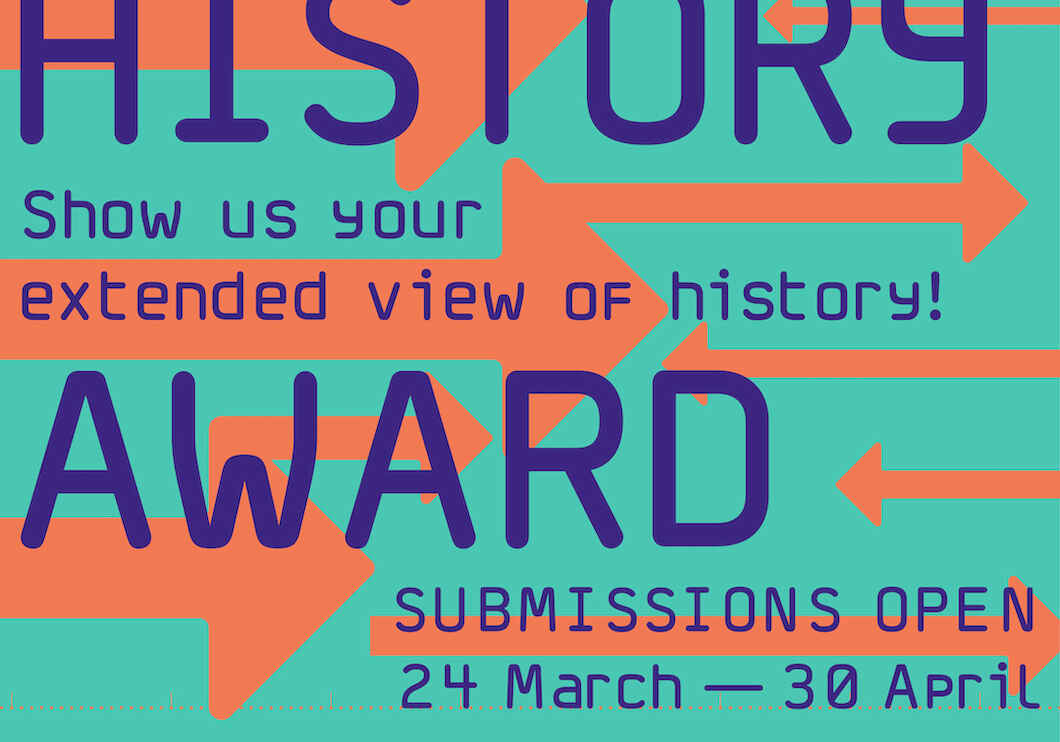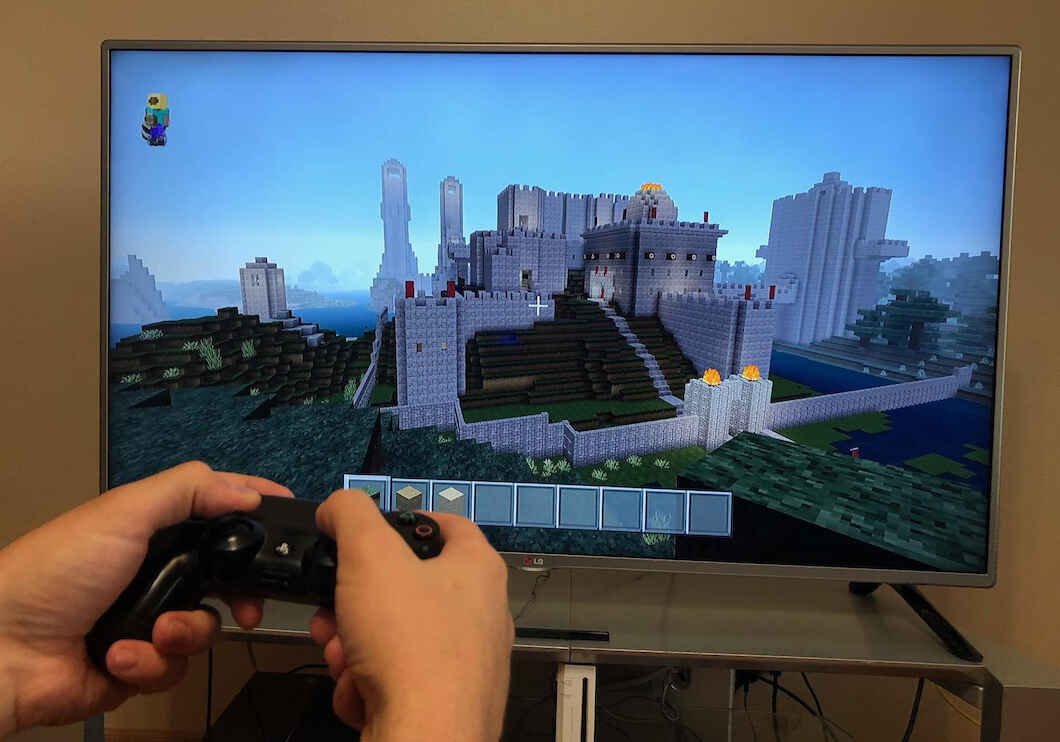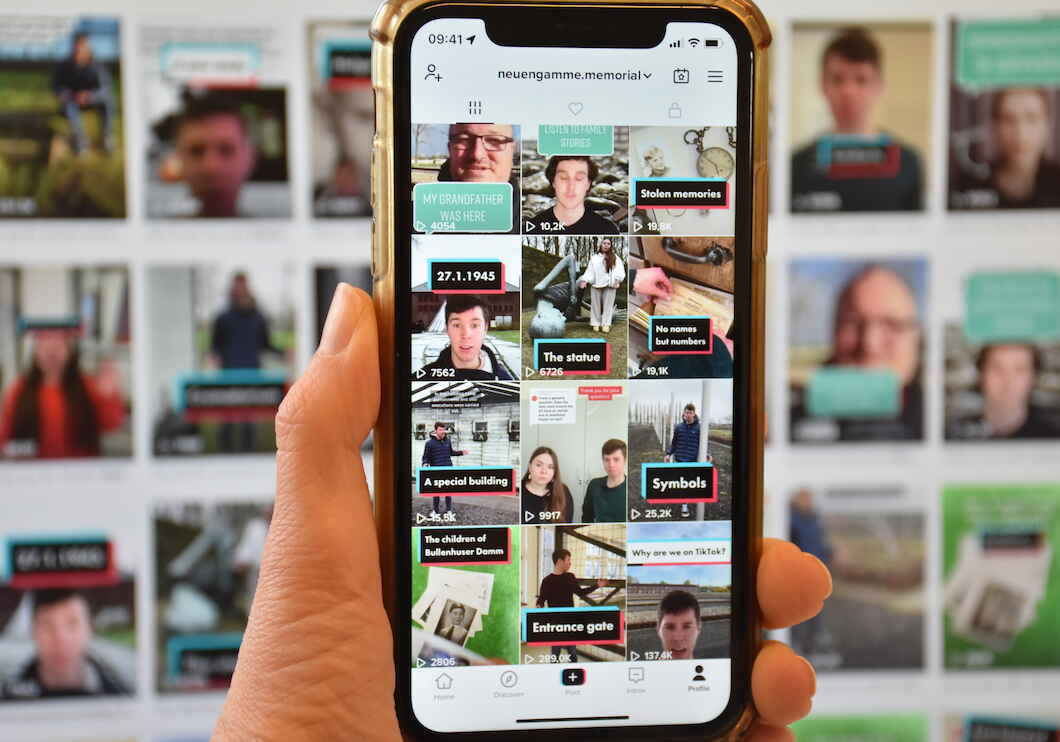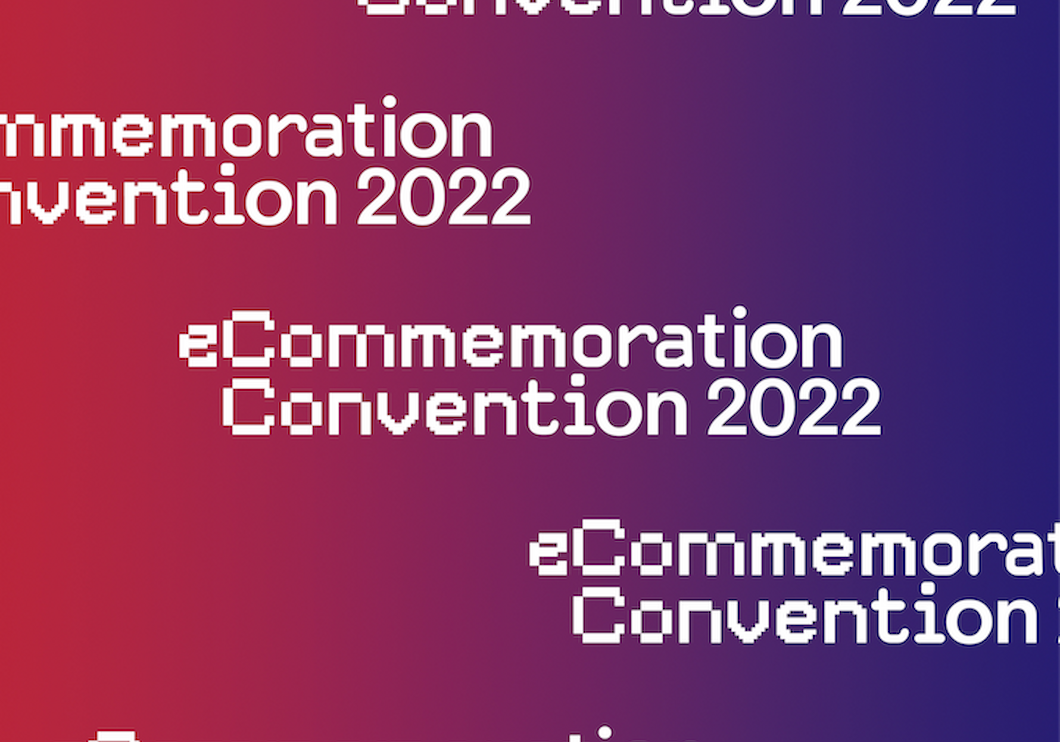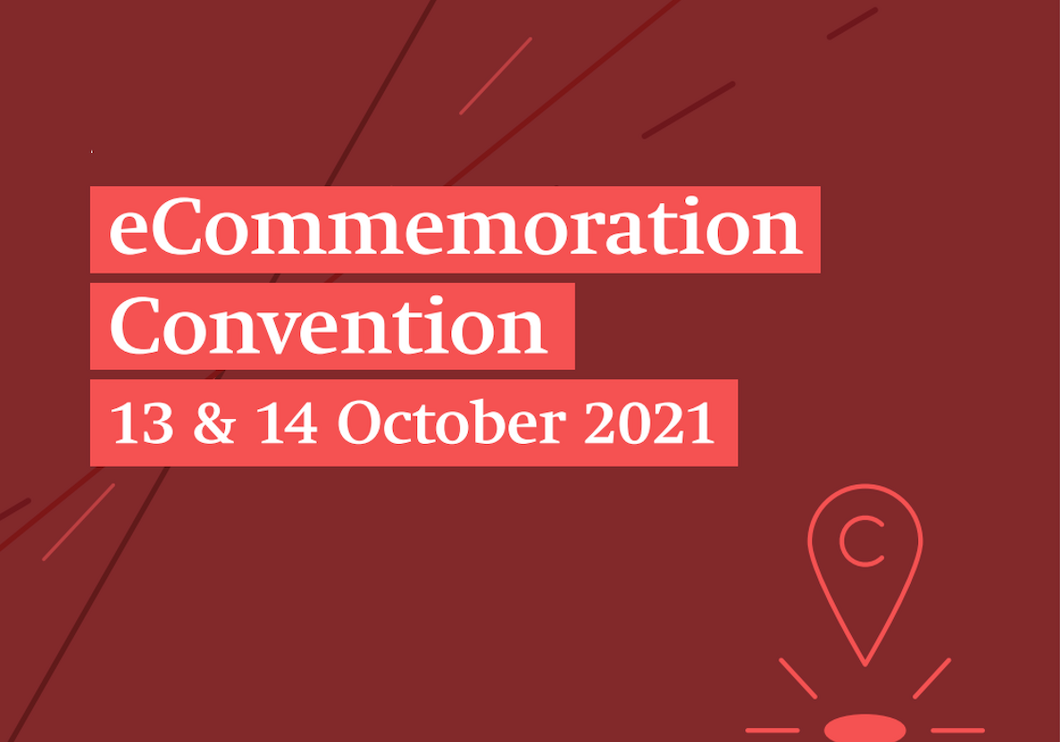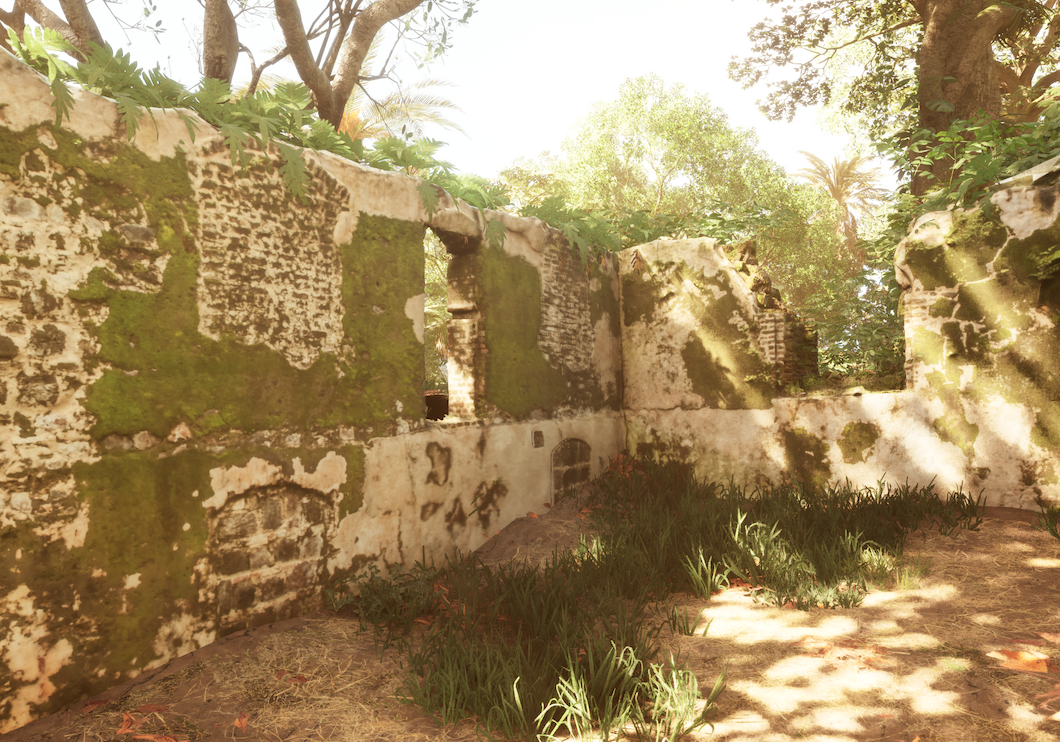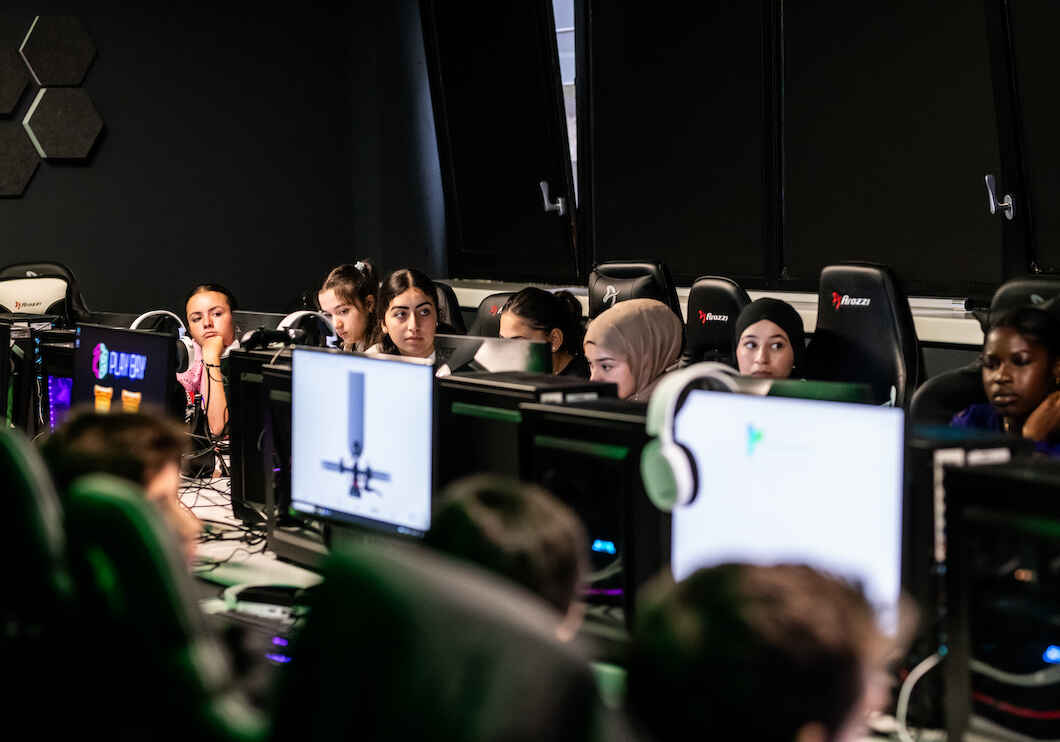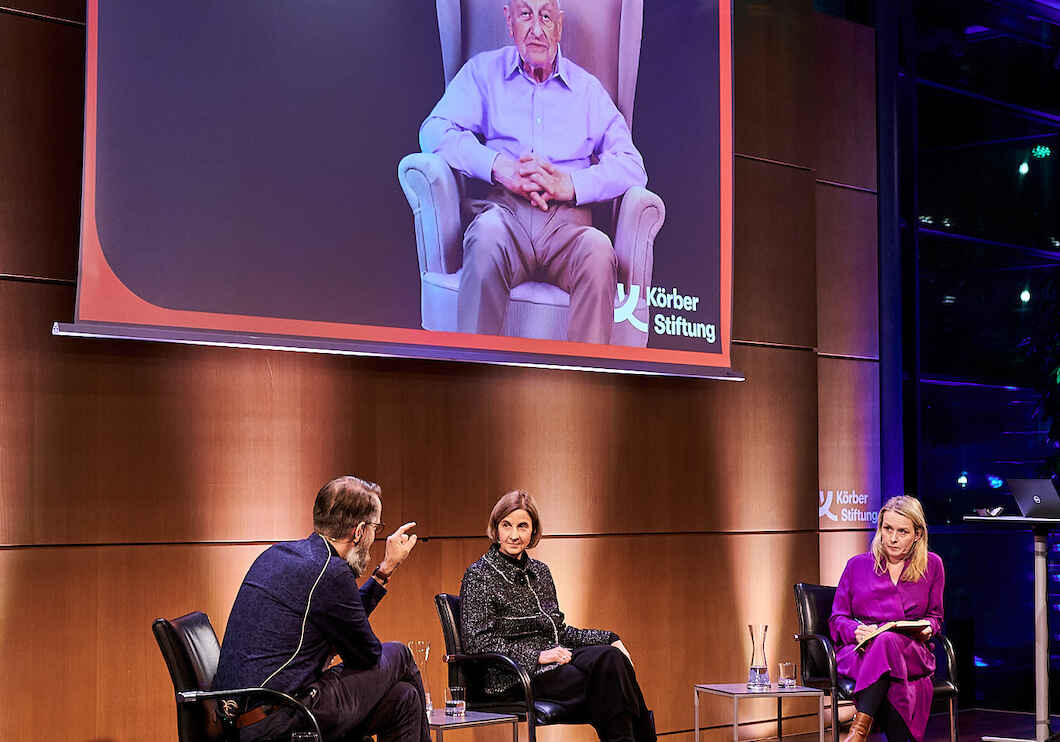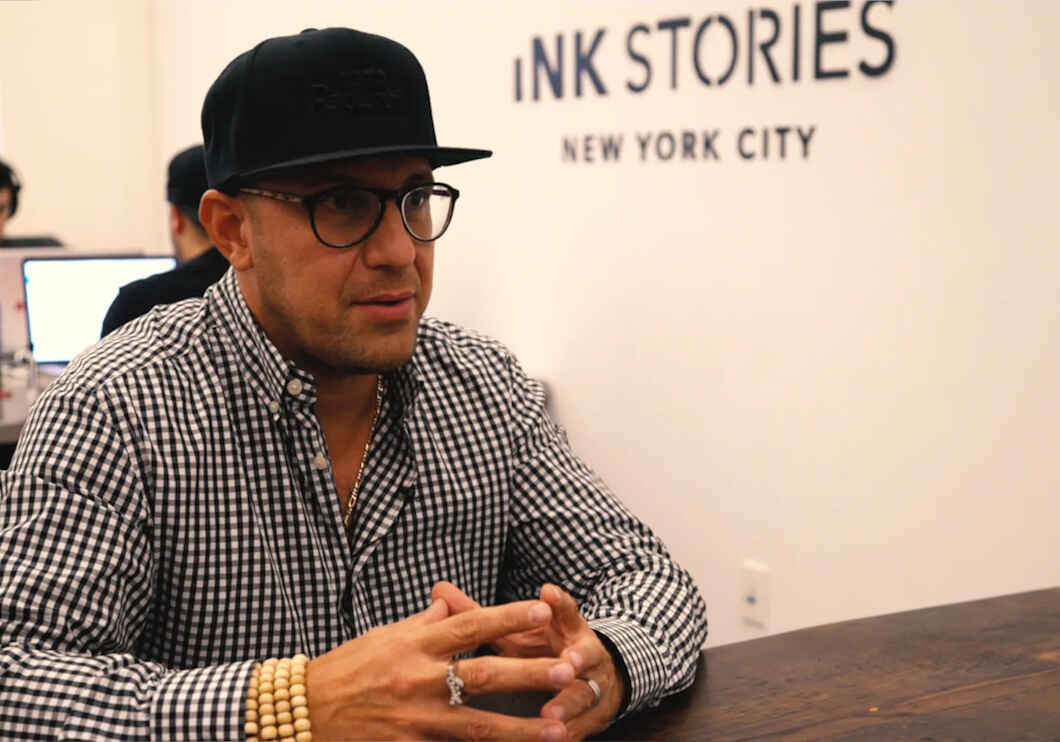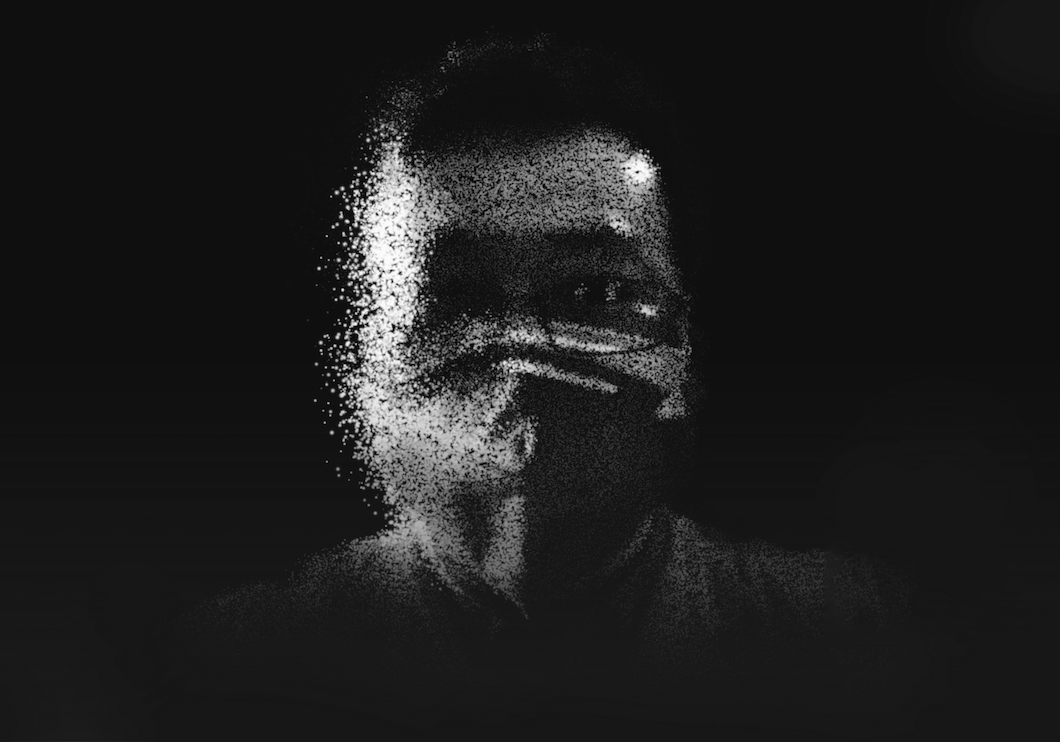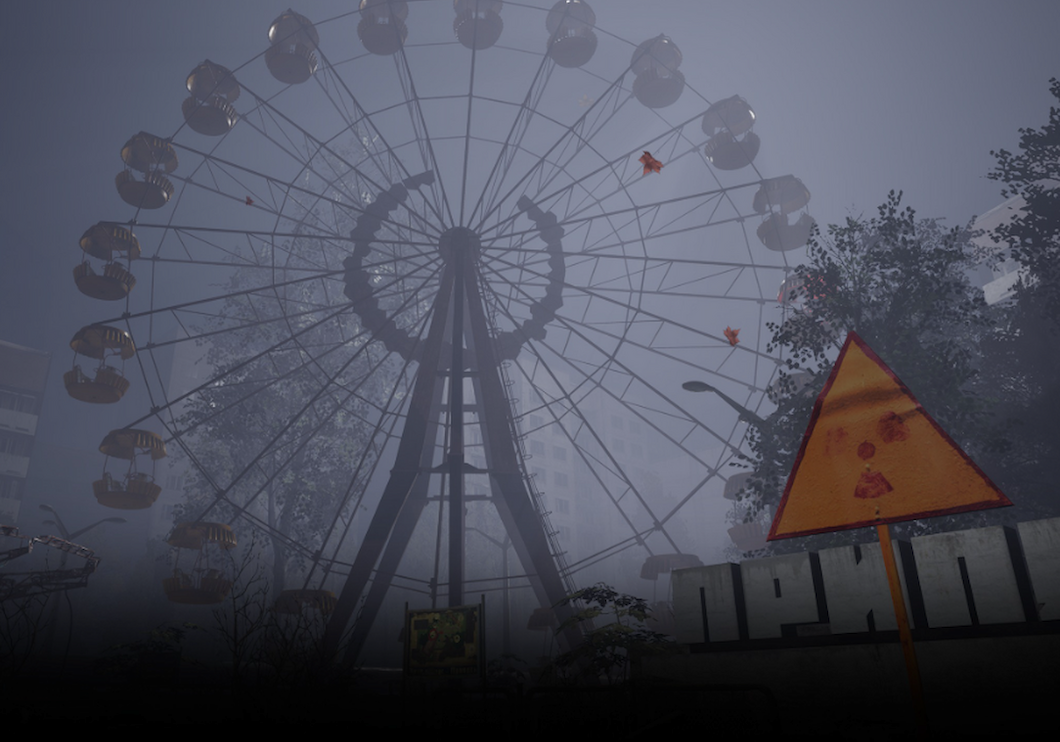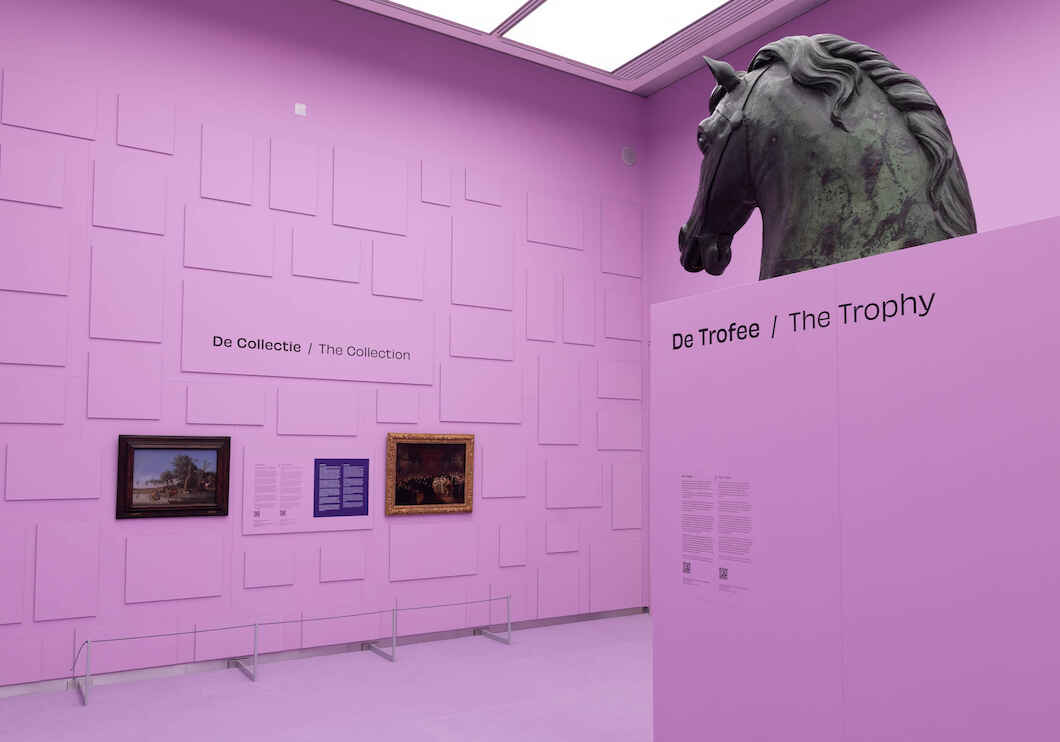Remembering the Cruelties of National Socialism in the Digital Age
Karen Jungblut and Kathrin Schwarz spotlight five projects that showcase how digital methodologies and spaces can be harnessed, disrupting traditional and long-held analogue practices. Their approach highlights interactive and immersive experiences, focussing on personal accounts and biographies of individuals, who were witnesses, particularly related to the Holocaust.
- Re-thinking "Analogue" Approaches for Digital Applications
- Voices of the Forgotten in Fortnite – Diversifying National Frameworks
- Storyfile and Meta's 'Tell me, Inge’ - Boundaries of Acceptable Immersion
- Dimensions in Testimony – Testing Established Principles
- Towards a Future of Innovative Holocaust Remembrance
Re-thinking "Analogue" Approaches for Digital Applications
Text: Karen Jungblut & Kathrin Schwarz
The transformative shift of digital technology has revolutionised our engagement with poignant topics like the Holocaust, prompting us to assess the opportunities and challenges digital tools present to Holocaust remembrance and education.
Contemporary multimedia platforms and interactive technologies offer novel pathways for engaging with history, appealing not only to our emotional capacities, but also engaging us cognitively. They also provide novel digital spaces – spaces to reach audiences, who otherwise might never be exposed to a Holocaust-related educational or commemorative program.
In the digital era, our global interconnectedness, though offering unparalleled opportunities for cross-cultural understanding, poses significant challenges to traditional remembrance methodologies, notably the national frameworks.
Voices of the Forgotten in Fortnite – Diversifying National Frameworks
The digital space’s absence of geopolitical confines also prompts questions about preserving national paradigms in this new space. The absence of geopolitical confines opens avenues to approaches that cross physical borders and push national frameworks in more ways than one. Consider an online exhibition on the Holocaust, accessible to a global audience. A school in Tokyo, a university in Brazil, and a community centre in South Africa can all access and engage with the same content simultaneously. Each of these audiences comes from different national narratives, educational backgrounds, and cultural perspectives.
Furthermore, a student in Argentina might interact with a VR experience developed by a team in France that highlights the French resistance during WWII. This not only introduces the student to a narrative outside of their national education, but also allows for a deep, immersive experience that may challenge or expand upon the Argentinean perspective of WWII.
In the digital space, there’s no single ‘national’ lens governing the interpretation of the exhibition. Instead, this globally accessible platform requires content that respects and acknowledges a multitude of perspectives. It’s crucial, however, that in adapting to these varied audiences, one avoids historical relativization and distortions.
A paradigm on the diversification of ‘national’ lenses is Voices of the Forgotten in Fortnite, developed by Luc Bernard, an audacious initiative that introduces Holocaust narratives into the gaming world, specifically within the Fortnite platform. Aiming to engage a younger, global audience, the project challenges conventional memory-keeping paradigms.
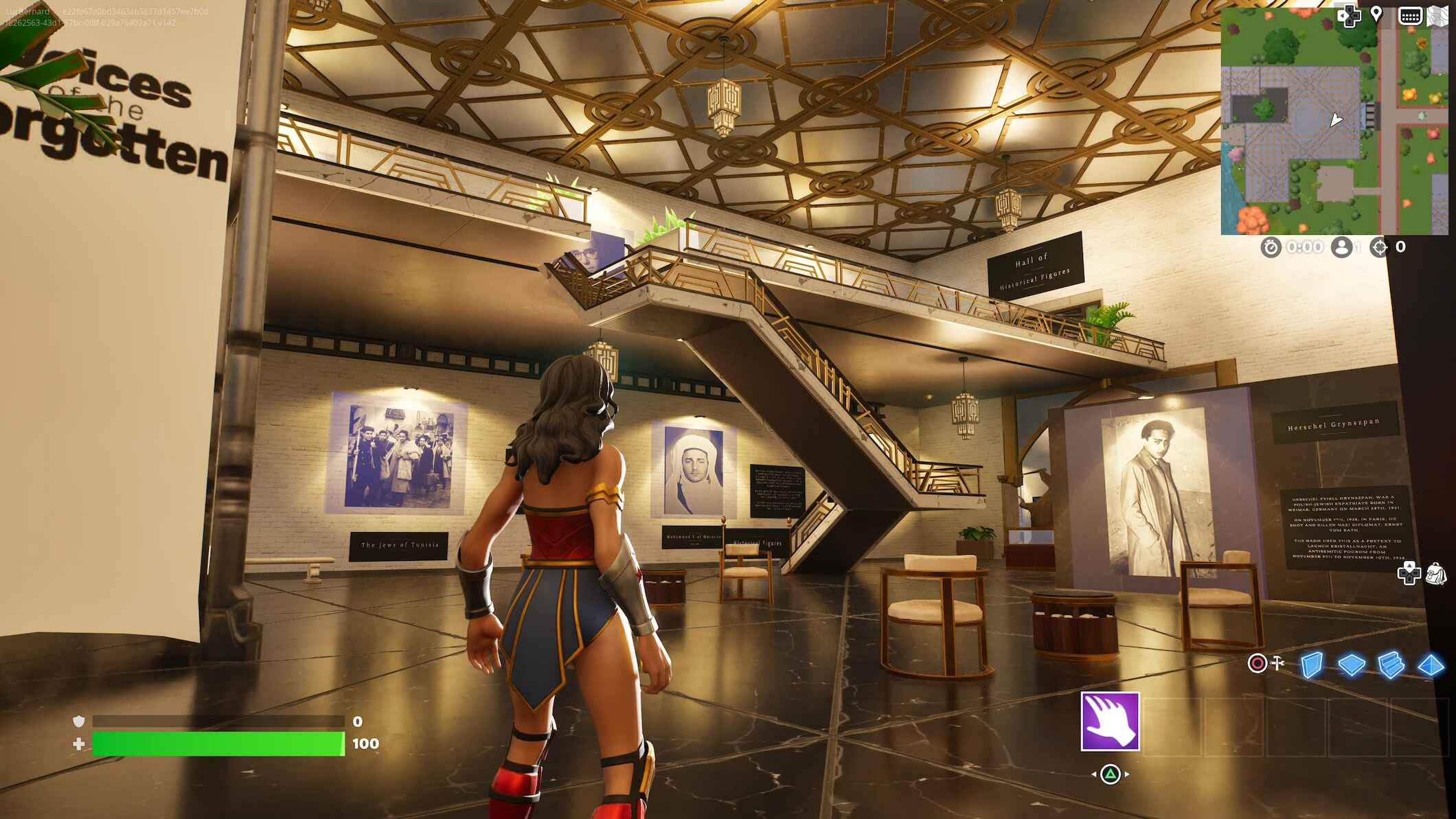
Players find themselves navigating through stories of the Holocaust while immersed in a familiar gaming environment. The approach is an example of how historical narratives can be integrated into popular culture, with the intent to ensure that pivotal moments in history are not only remembered but also accessible to audiences that may never learn about them. Intended for gamers in the US mainly, it reaches Fortnite players globally.
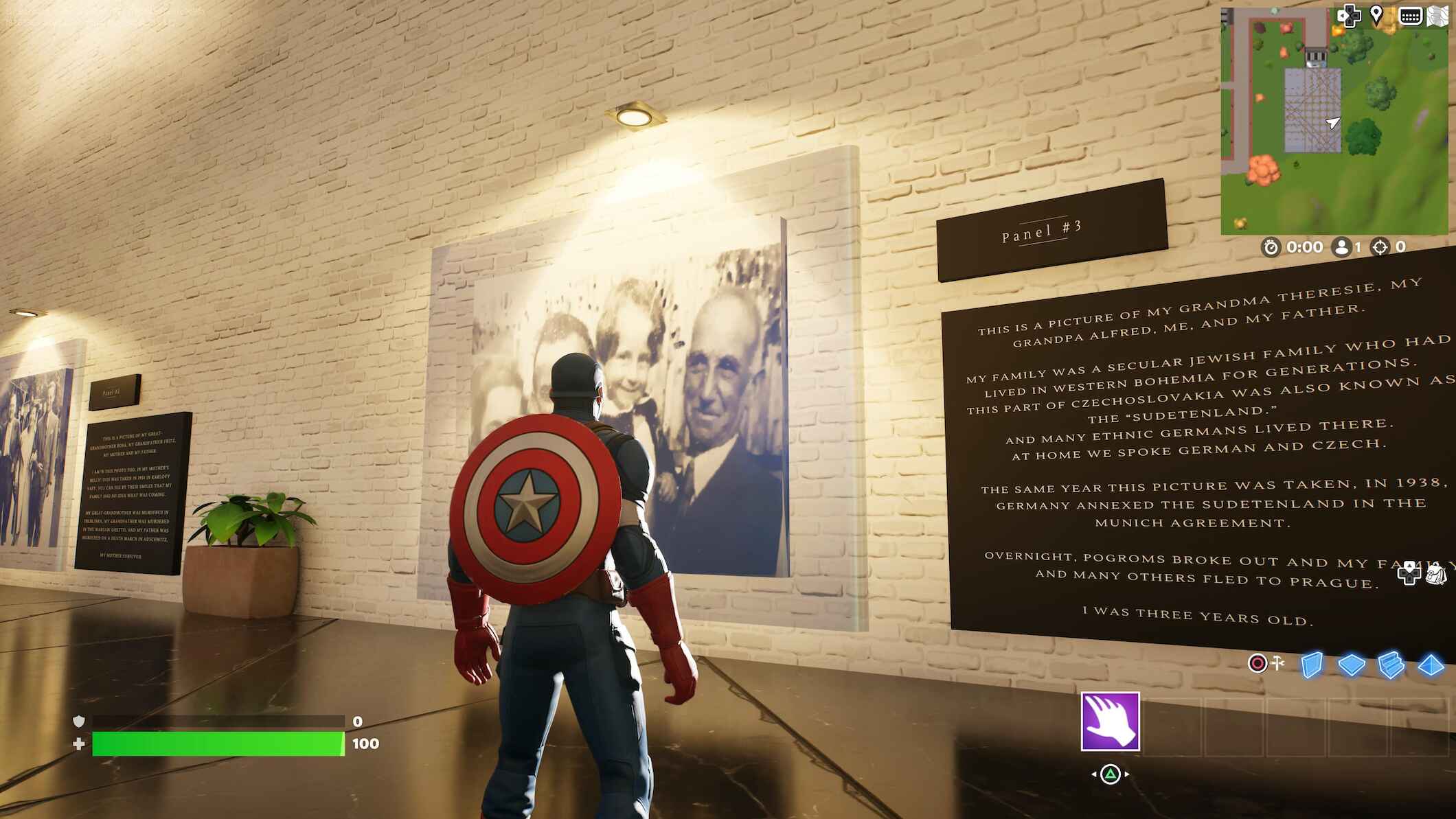
Storyfile and Meta's 'Tell me, Inge’ - Boundaries of Acceptable Immersion
In this article, eyewitness accounts are the focus. The adoption of modern technologies—like volumetric capture, AI, ASR, and NLP—in creating interactive biographies and immersive experiences like virtual and augmented reality can significantly heighten the emotional engagement of the user. However, there is an inherent tension when it comes to the educational realm of the Holocaust.
Intensifying the immersion and interactivity in Holocaust educational projects, while technologically innovative, can sometimes clash with traditional pedagogical approaches.
There is a challenge, when engaging with these new approaches because the deeper the immersion, the less appropriate it might be for Holocaust remembrance or educational endeavours.
A national framework such as the Beutelsbach Consensus which was adopted in German political education in 1976, prohibits imposing opinions on students, ensures that controversial issues are presented fairly, and emphasizes the emotional well-being of learners to prevent overwhelming them with distressing content. This aspect is of particular interest in this context. The importance of striking a careful emotional balance can clash with newer digital tools and immersive experiences that might evoke intense emotional responses, thus challenging established pedagogical paradigms.
Projects like ‘Tell Me, Inge’, raise exactly such questions, regarding the appropriate level of immersion. This collaboration between Meta Germany and StoryFile seamlessly melds virtual reality (VR), interactive testimony, and graphic novel-style animation. By intertwining Inge Auerbacher’s testimony with graphic novel animations, users are immersed in a VR realm.
Younger audiences not only engage with Inge’s recorded narrative but also experience animations that visualize Inge’s reflections. The application transforms a personal and interactive testimony into a deeply immersive journey. At the same time, it provides an opportunity to examine the boundaries of acceptable immersion and when it may be considered excessive.
Dimensions in Testimony – Testing Established Principles
Do we need to question the validity of established frameworks for the analogue world, and potentially rethink or reshape such frameworks for digital implementations?
The emphasis on personal testimonies and innovative digital interactive or immersive tools in these projects intends to test established principles. These emotional touchpoints, far from sidelining analytical engagement, can spur profound reflection and discourse. The digital medium transitions from a mere conveyor to an active player in shaping the remembrance journey, heralding an era where users transform from passive receivers to engaged participants.
There are initiatives though that are less excessive in terms of immersiveness, providing opportunities to discuss more about authenticity, digital representation, accuracy and the perceived tension between emotional experiences and cognitive learning. The Dimensions in Testimony programme of the USC Shoah Foundation is one of them.
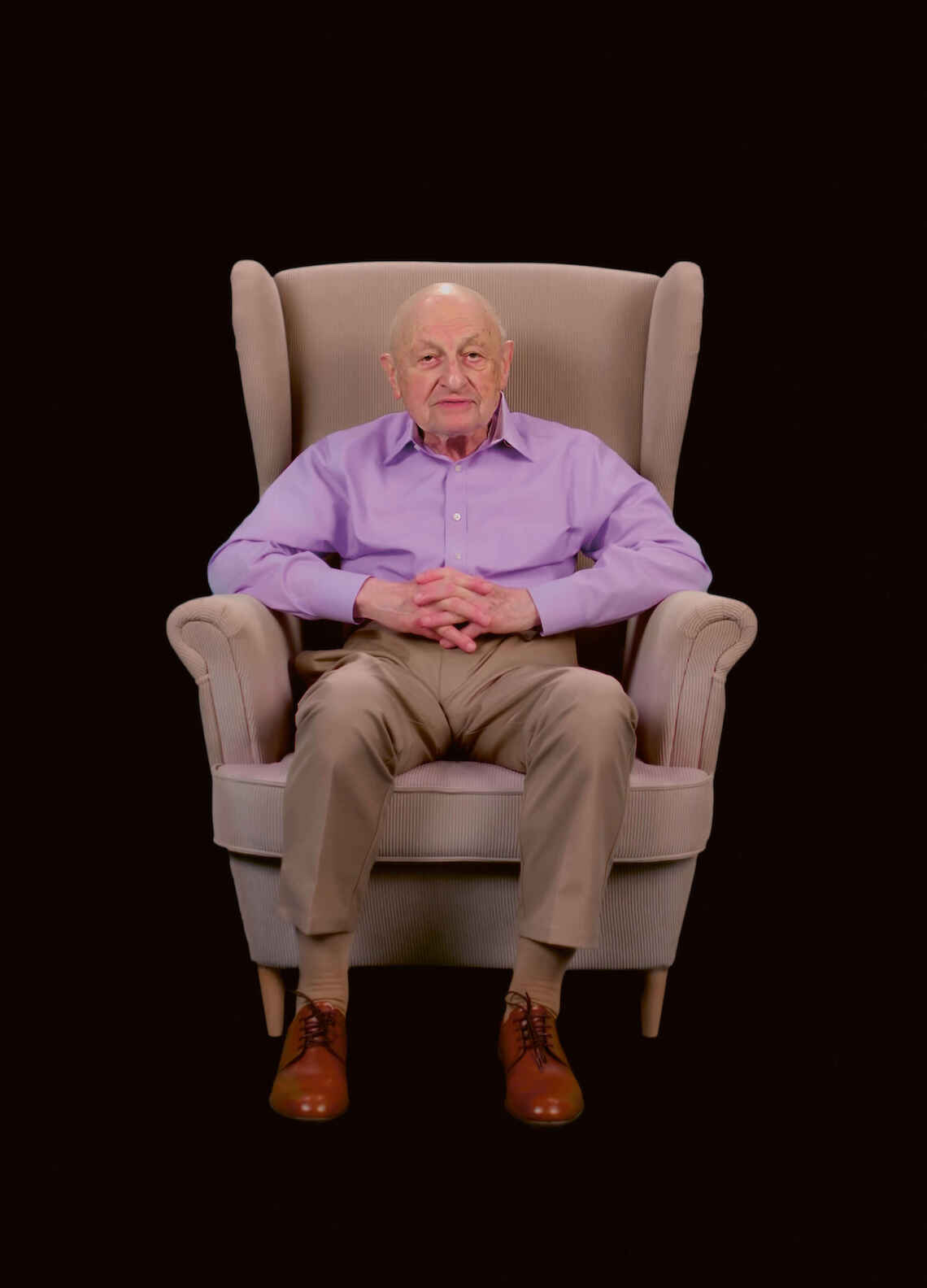
Initiated ten years ago, the program combines advanced natural language processing and high-definition filming techniques, to conduct detailed life histories with Holocaust survivors. Once post-production is completed, users can pose a question and the software searches its repository of pre-recorded clips to play the most relevant answer. This intricate design not only preserves the survivors’ accounts, but also emulates an interactive and deeply personal conversation for users.
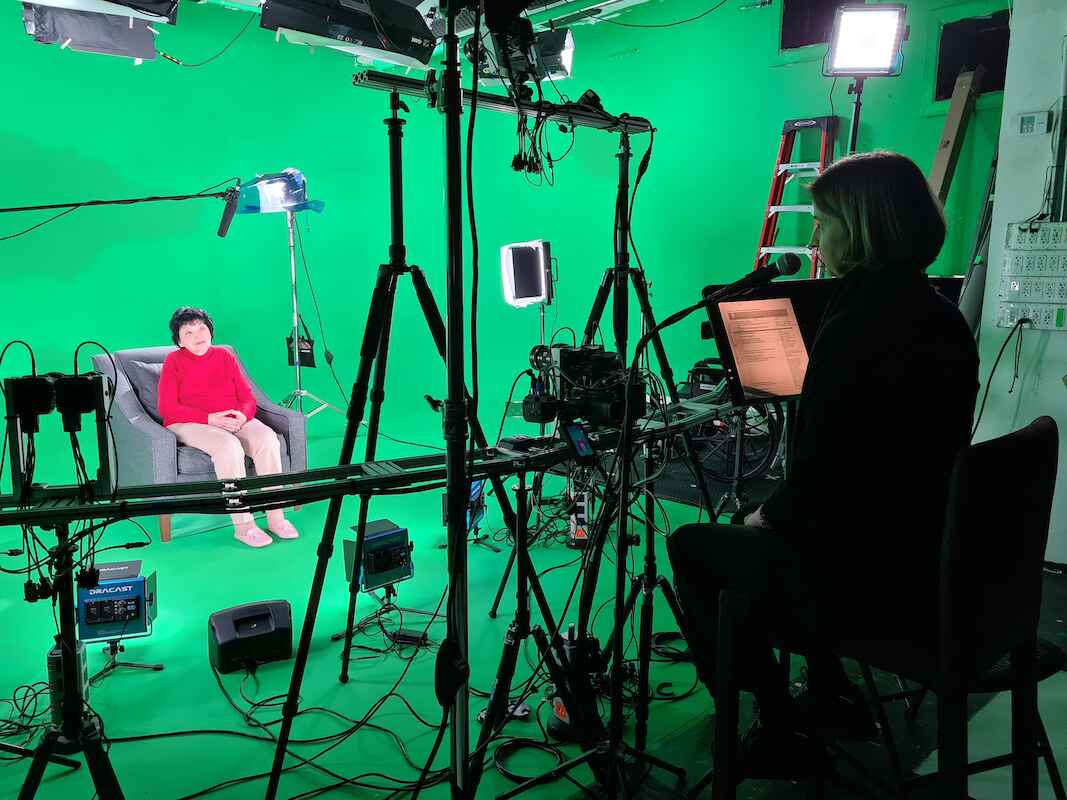
Inge Auerbacher Image: Biehl 
Kurt S. Maier Image: Biehl
Two additional examples that blend the analogue and digital realm in a more established, yet innovative manner, are the initiatives ‘Digital Lines of Life and Death’ and the IWalk Application.
The first one offers a modern twist on the graphic novel format, infusing it with various digital enhancements. From compelling animations to interactive features, the project engages users in a multi-layered narrative. The essence of the experience is to tell the story of the genocide of Sinti and Roma through two protagonists, to bring awareness and knowledge about a history that to this day is not well known. It is presented in a manner that resonates with a digital-native and younger audience, making the harrowing events of the past more accessible and relatable to a younger generation.
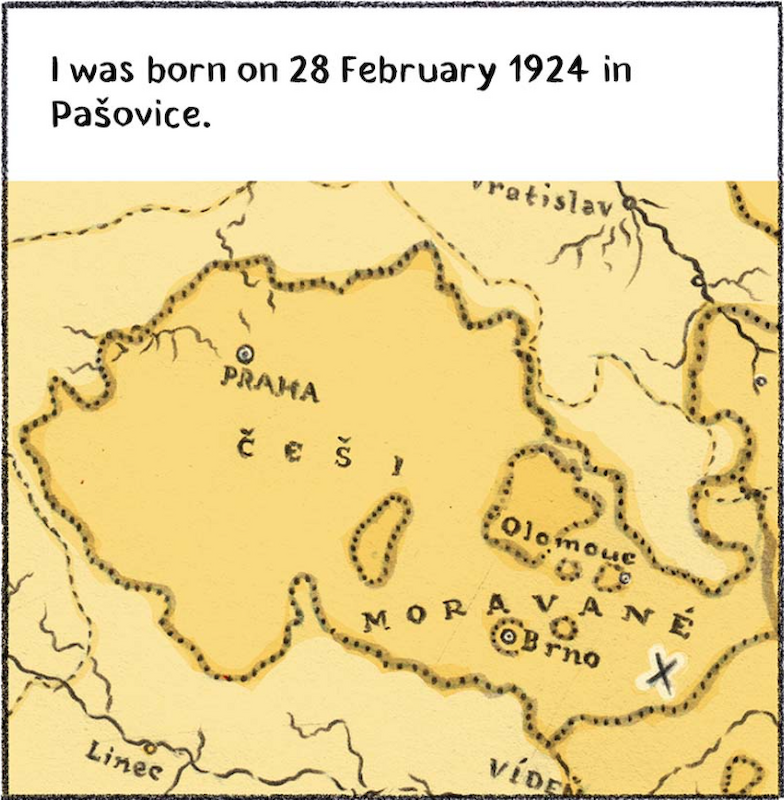
Digital Lines of Life and Death Visuals: European Academy Berlin with co-operation partners 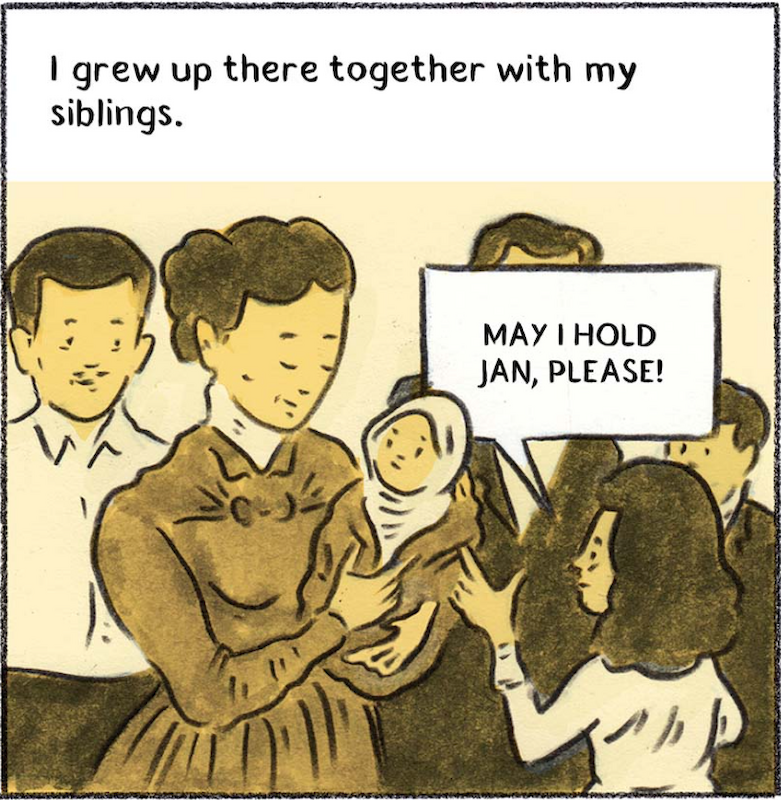
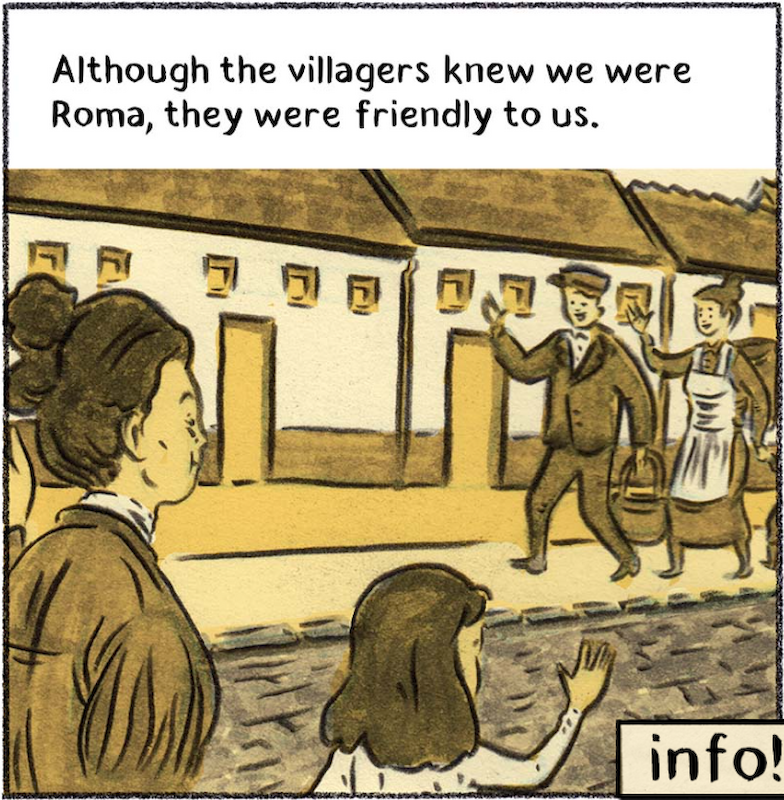
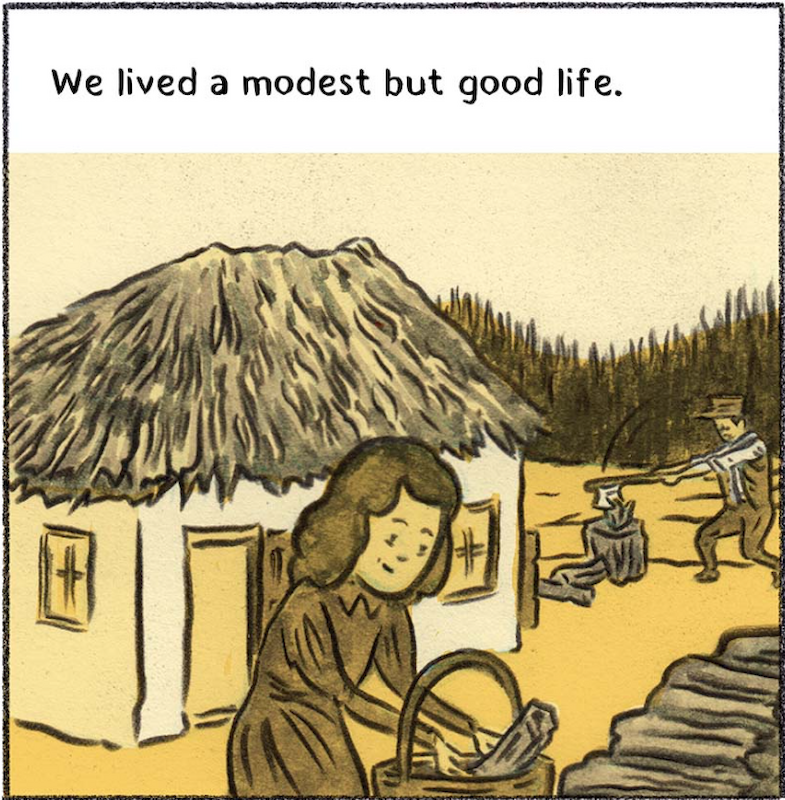
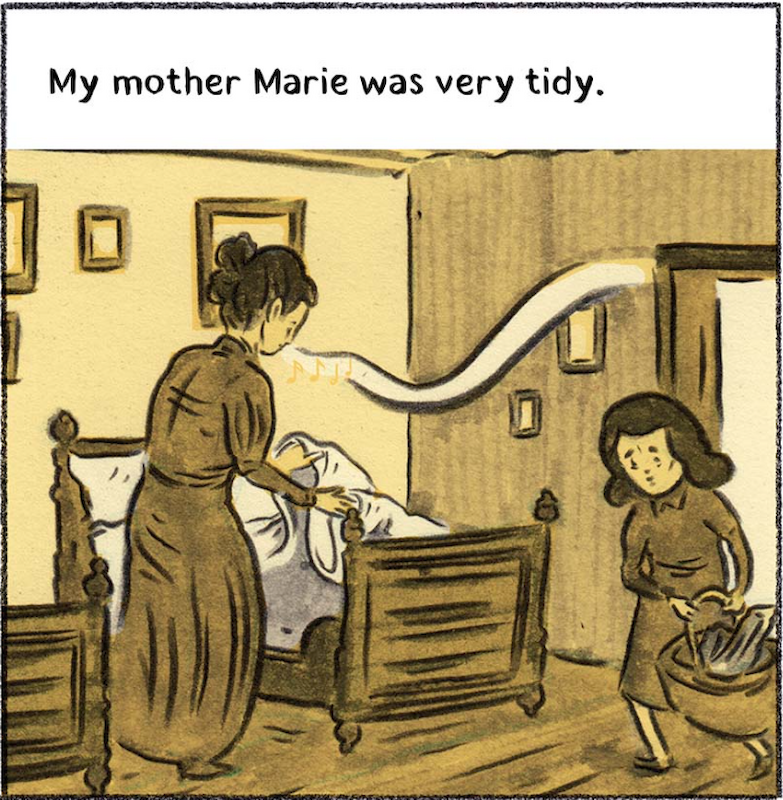
The IWalk app, developed by the USC Shoah Foundation, is a tool that links present-day locations with their historical significance during the Holocaust. By using geolocation, the app identifies the user’s site and delivers relevant testimonies from the Holocaust era specific to that locale. These accounts are sourced from the Visual History Archive. Rather than merely presenting facts, IWalk offers users a bridge between the physical spaces of today and the memories they once held, giving a layered understanding of places in their current context and their historical narratives. This tool emphasizes the interconnectedness of present landscapes with past events, offering a unique perspective on the past’s resonance in modern times.
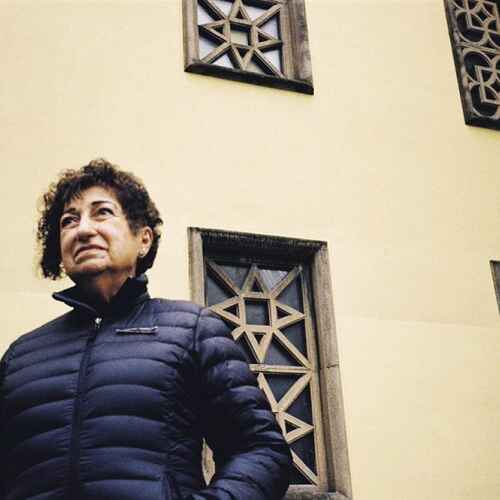
Towards a Future of Innovative Holocaust Remembrance
It’s also worth noting that by being innovative and embracing new digital tools, mistakes are part and parcel of innovation and new approaches. They should be welcomed in the iterative process of refining our methods, even in the field of Holocaust remembrance and education. The complex balance to strike here is avoiding Holocaust distortion and relativization. It’s imperative these missteps do not distort facts, trivialize experiences, and most importantly do not dishonour the memory of Holocaust victims and survivors.
This exploration encompasses the impact of ‘historical distance’ and the evolution of our perceptions over time on remembrance strategies, but also the potential influence on the tools, spaces (virtual), and methodologies employed to bridge the temporal gap and facilitate learning, comprehension, and potentially, empathic responses.
In an era where learners are digital natives, we must meet them where they are—online.
In conclusion, as we move forward, the potential of digital platforms for Holocaust remembrance and education seems boundless. In an era where learners are digital natives, we must meet them where they are—online. Authentic sites will always remain invaluable, but digital tools, like XR and AR, can amplify onsite experiences. Ethical approaches to these tools and a deep respect for authenticity are non-negotiable. Our digital era, with its vast potential, beckons us to tread thoughtfully, ensuring we honour the past while embracing the future.
